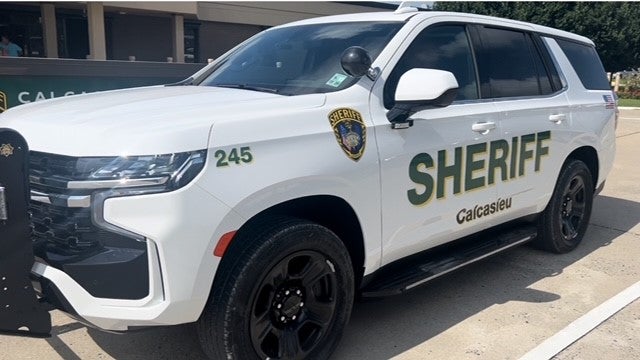Tsunami inspires life-saving training
Published 5:58 pm Thursday, November 7, 2024

- The National Weather Service's Lake Charles office is located at 500 Airport Blvd. near Lake Charles Regional Airport. (Special to the American Press)
The chances of a tsunami – the rarest of natural disasters – posing a threat to the Gulf Coast are slim to none. ut as Joseph Rua, senior meteorologist of the National Weather Center’s Lake Charles office, pointed out during LANTEX24, the rainfall from Tropical Cyclone Imelda and Harvey were 500- to 1,000-year events — events with an annual chance of between 0.2 percent and 0.1 percent of happening.
Extreme winds from Hurricane Laura were a 500-year event with a .2 percent annual chance. The likelihood of a tsunami caused by a submarine landslide in the Gulf of Mexico is .15 to .2 percent.
LANTEX is an annual exercise that takes place at weather stations around the world. This one simulated the impact of a submarine landslide (downslope movement of sediment and rock under water) in the Gulf of Mexico, and it was held at the National Weather Service office in Lake Charles Thursday.
The purpose was to identify strengths and weaknesses of tsunami preparedness for coastal communities and core marine partners of the National Weather Service.
In this scenario, national news would report damage to several offshore drilling platforms with concerns for oil leaks and breaks in the pipeline – a cascade effect. Waves would be about three feet high, and the landslide would cause no inland flooding, though it might cause trouble for small craft and for large tankers that might be loading, Rua said.
The warning window is narrow, just a few hours and it’s possible that disasters resulting from the cascading effects could outweigh the problems associated with any coastline flooding.
“But we don’t get a do-over,” he said. “Personally, I would feel bad if I didn’t talk about it.”
Rua is the local Tsunami Program Manager, and his motto is, Tsunamis May Be Rare, Let’s Still Prepare.
“In 2004, the Indian Ocean tsunami, also known as the Boxing Day Tsunami, led to the creation of the Indian Ocean Tsunami Warning Systems,” he said.
It was caused by a 9.1 earthquake. Waves reached 30 feet.
Nothing close to that will ever happen in Cameron Parish or anywhere along the Gulf of Mexico coastline. But what happened in the Indian Ocean did expand the National Tsunami Warning Center’s responsibilities and led to the appointment of tsunami program managers at every coastal weather forecasting office and to annual educational exercises and programs like LANTEX24.
Earthquakes at the coast and under oceans are the main cause of tsunamis. Landslides into bodies of water, submarine landslides, volcanic eruptions, nuclear explosions, impact from space objects such as asteroids or meteorites are other factors that may cause a tsunami.
“Even if it’s rare, it’s something that forecasters and emergency responders should have in their playbook,” Rua said.





